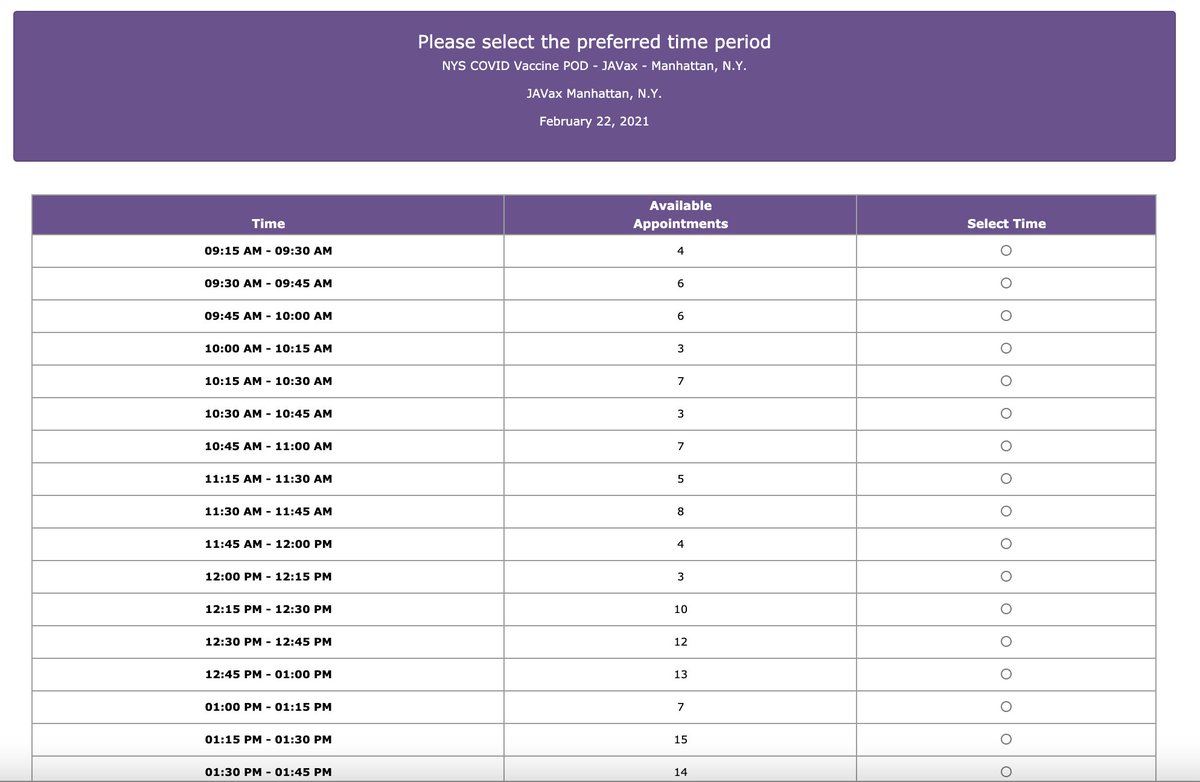
Vaccinating all teachers and safely reopening schools in April: @JReinerMD posted this tweet earlier in the day on the idea to use the first batch of the Johnson & Johnson vaccine to vaccinate all teachers. Short thread on the numbers and science:

https://twitter.com/JReinerMD/status/1361381872396357636
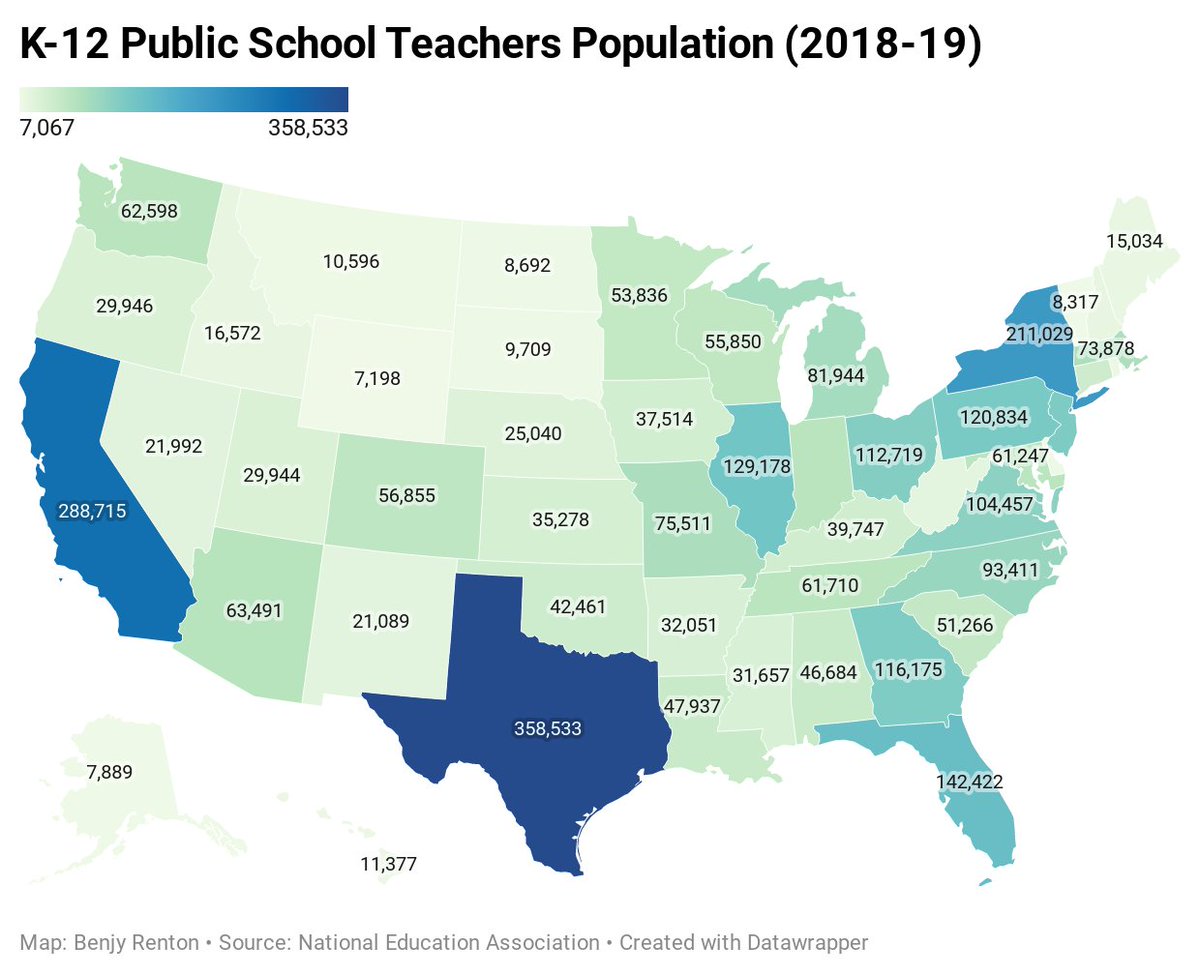
While the CDC does not see vaccinating teachers as a prerequisite for reopening schools, @DrLeanaWen, @PeterHotez, and others have pushed for all teachers to be vaccinated. Today's @CNN analysis showed in 29 states all/some teachers are currently eligible.

https://twitter.com/DrLeanaWen/status/1360964365063708672
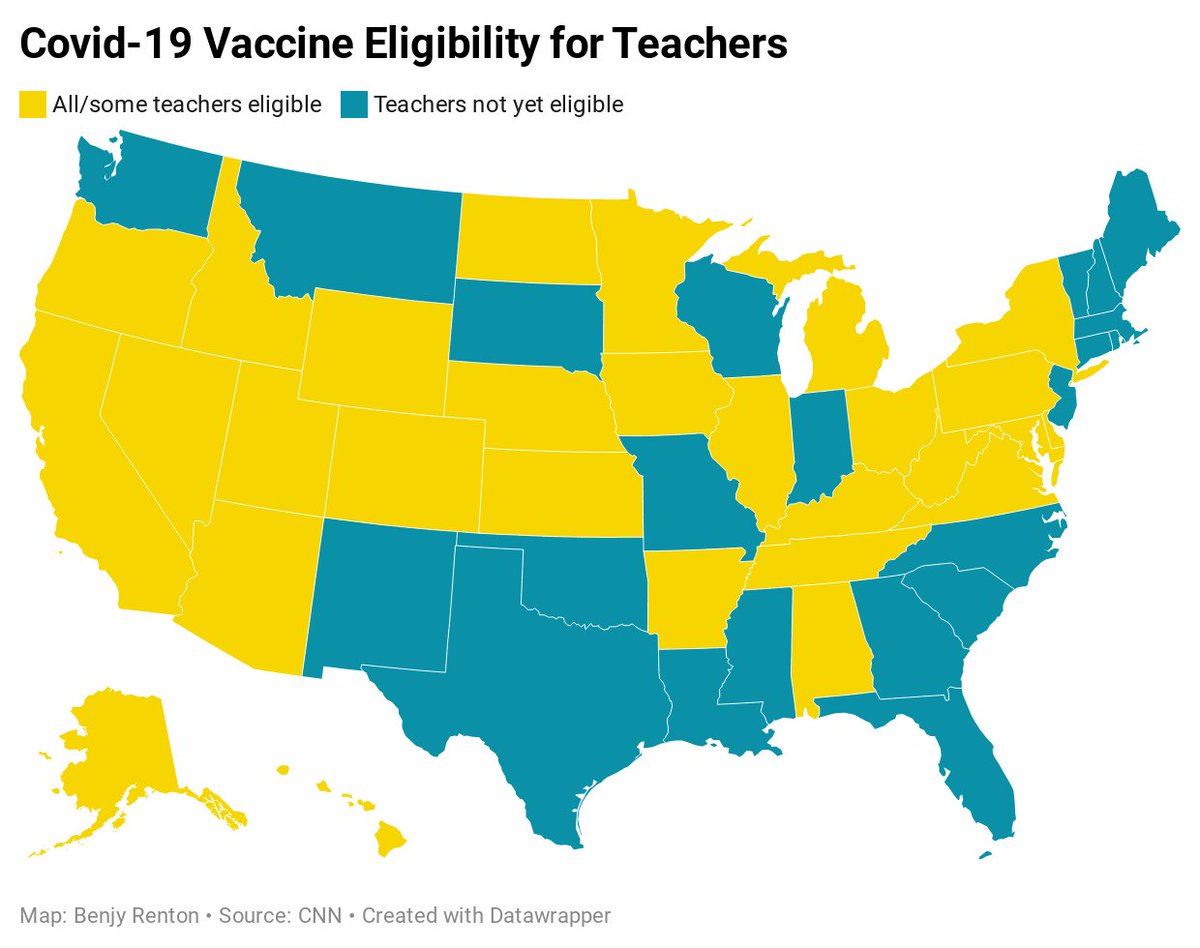
Recent studies have shown that if precautions are followed, in-school spread is low, assuming schools invest in safety measures and community transmission is low. @meganranney has a great thread on the science here.
https://twitter.com/meganranney/status/1354274723748786176
However, @mtosterholm noted today that new variants could possibly point to increased in-school transmission as they become more prevalent in the community. The vast majority in the U.S. (80%) is still in the CDC's "red zone" for community transmission.
cnn.com/2021/02/12/hea…
cnn.com/2021/02/12/hea…

When we look at the above map by the population of children, 88% of people under 18 in the U.S. live in a "red zone." The map above is interactive and updated daily — check statistics for your county here.
public.tableau.com/views/CDCSchoo…
public.tableau.com/views/CDCSchoo…
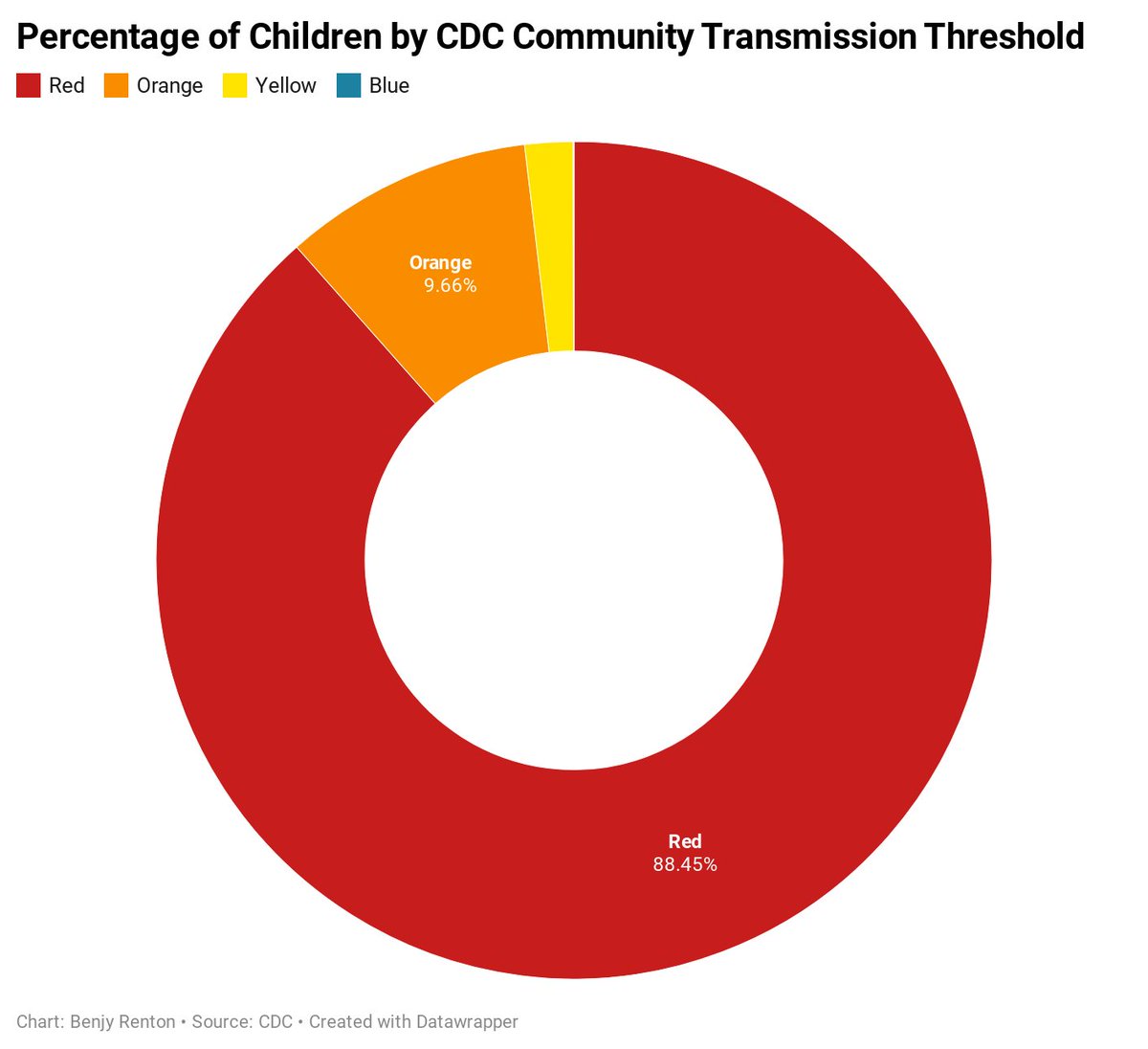
Models have shown the effects of vaccinating teachers on student and teacher case counts. From @CT_Bergstrom and colleagues: "Vaccinating teachers with a transmission-blocking vaccine also reduces the risk of outbreaks among students."
https://twitter.com/CT_Bergstrom/status/1354082337852633090
Similarly, modeling from @ambilinski and colleagues found that teacher vaccination, particularly when paired with asymptomatic testing, can reduce transmission and staff susceptibility (therefore keeping teachers healthy and not out of school).
https://twitter.com/ambilinski/status/1353751984852131841
There's the science. So what would it take to vaccinate teachers? There are ~3.2 million teachers in public schools and 0.5 million in private schools — 1.1% of the U.S. population. This map shows K-12 public school teachers per capita by state (VT leads).
educationdata.org/k12-enrollment…
educationdata.org/k12-enrollment…
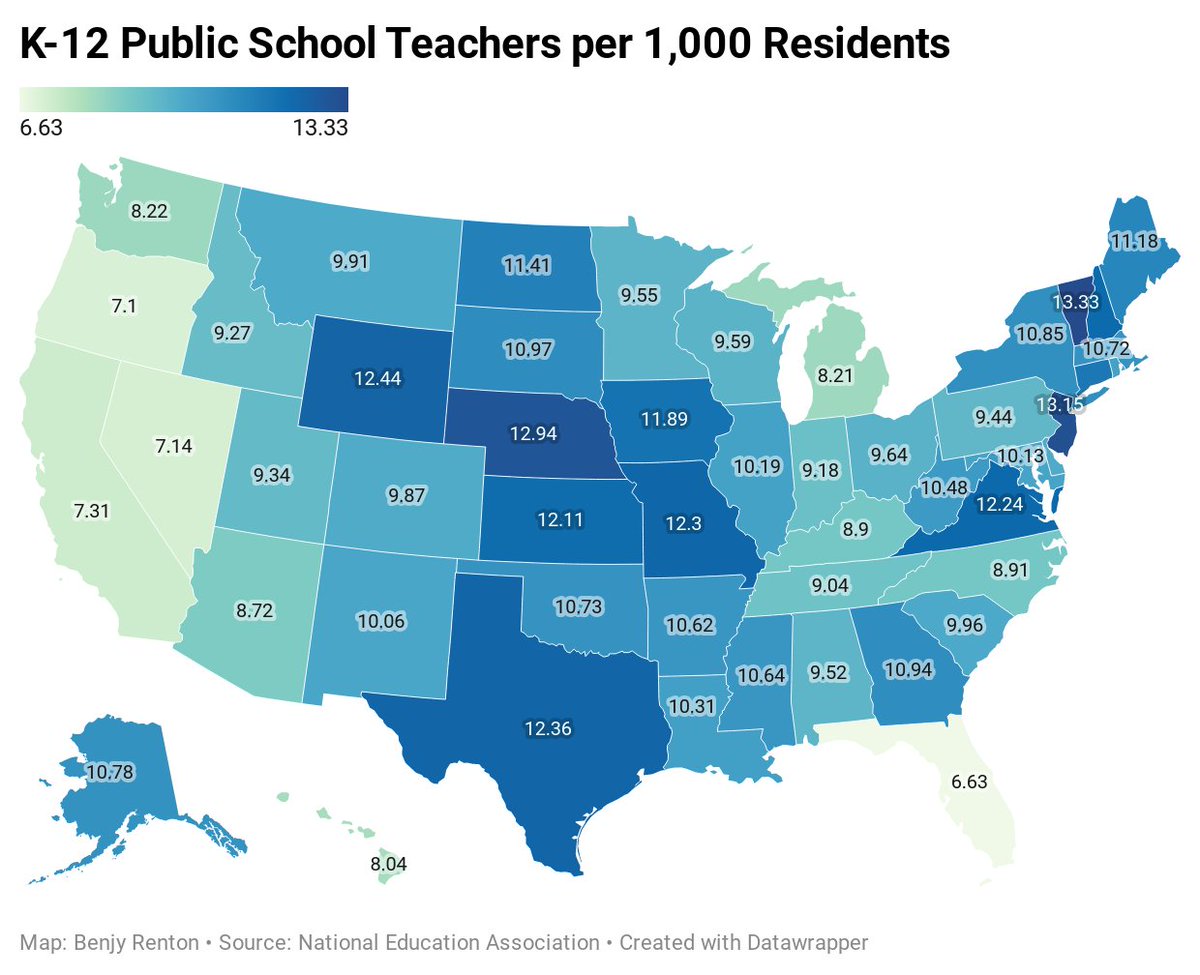
Here is a map with the absolute number of public school teachers by state (NEA data only available for public schools). 
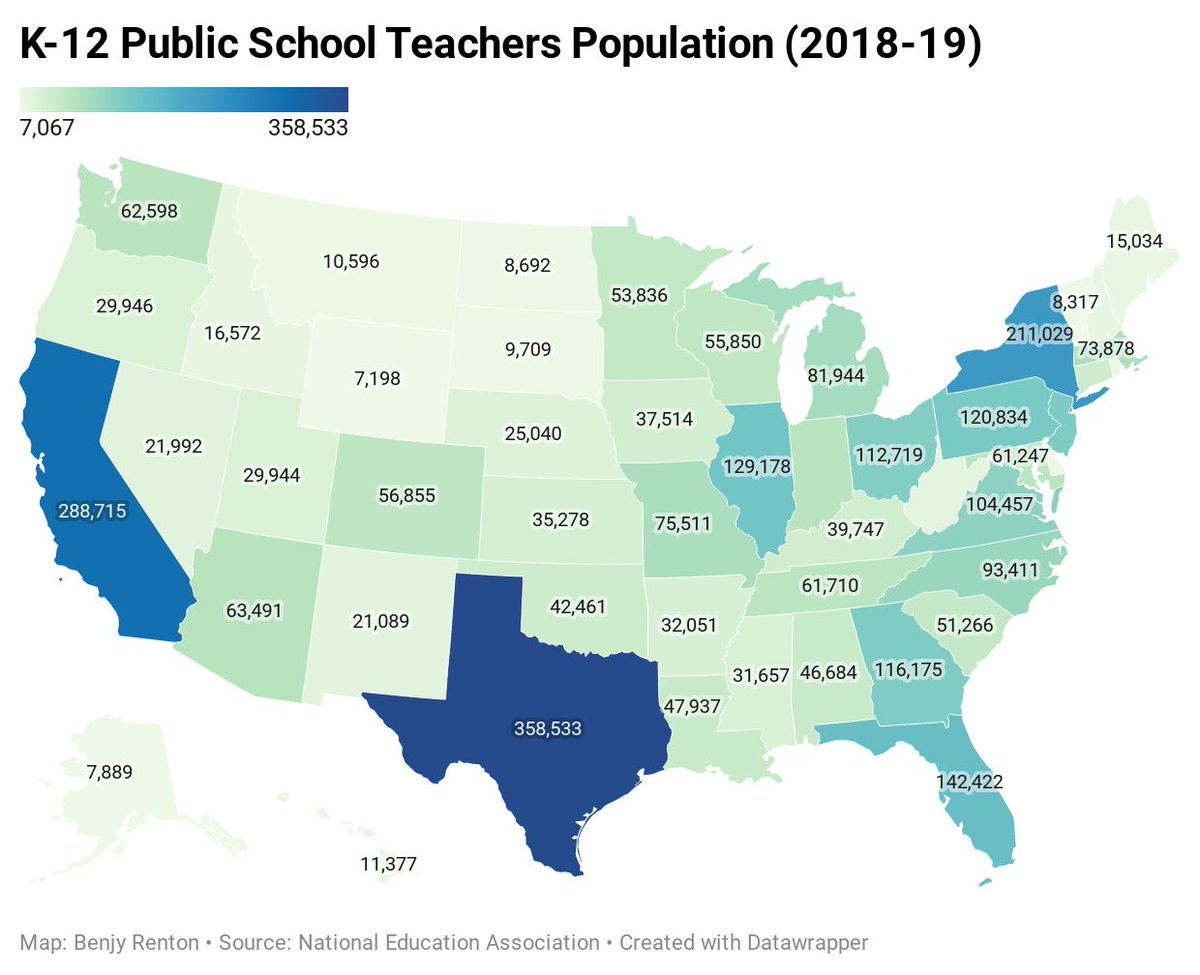
Note: Here we are not accounting for custodians and other school staff. They most certainly play a vital role in schools; we just don't have readily available data on a state level for these professions.
3.7 million teachers would mean 7.4 million doses of a two-dose vaccine. Based on weekly allocations, fully vaccinating teachers would take ~67% of the total doses allocated to states in a week. But, if we use the J&J vaccine, we would only need one dose. 
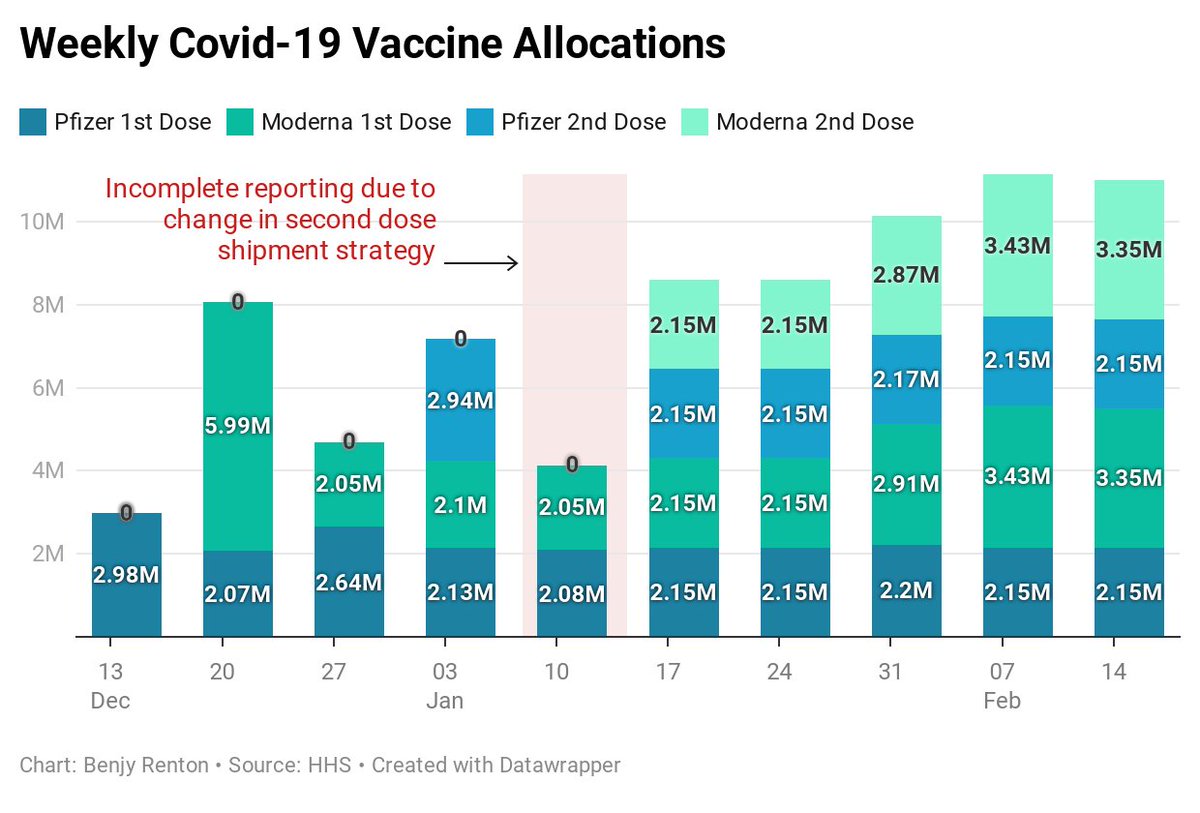
Assuming the J&J vaccine is authorized early late February/early March, the company has promised ~12 million out of its 100 million doses to be delivered sometime in March. Taking ~¼ of that first batch would be sufficient to vaccinate all teachers in the U.S.
Additionally, vaccinating all teachers would still require protocols to be followed. However, as the models show, it would make schools much safer. "Let's treat teachers like first responders," @JReinerMD said tonight. "Let’s proactively vaccinate them."
"Right now we are at a very high level of infection," @DrLeanaWen said on @AC360 tonight, noting that we are unsure of the effects of variants on community transmission, a key indicator of in-school transmission.
Bottom line: Vaccinating all teachers in the U.S. rapidly would require a conscious federal policy/allocation change. Let's consider the stakes and set a goal to reopen schools safely by April. Let's use the first ~3.7 million doses of the J&J vaccine to vaccinate them.
Of course, like most elements of the pandemic, there are benefits and drawbacks to this idea and productive discussions/feedback are welcome.
• • •
Missing some Tweet in this thread? You can try to
force a refresh


